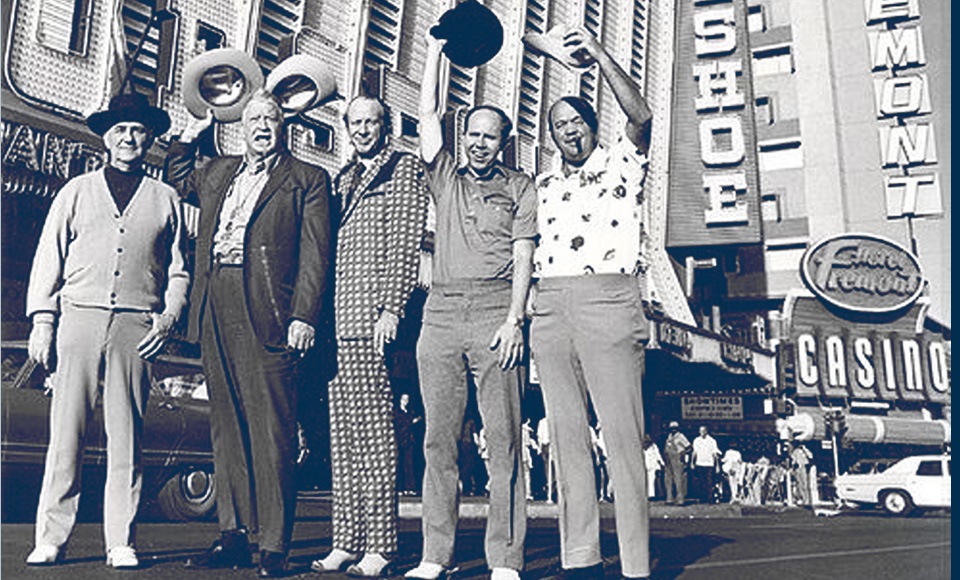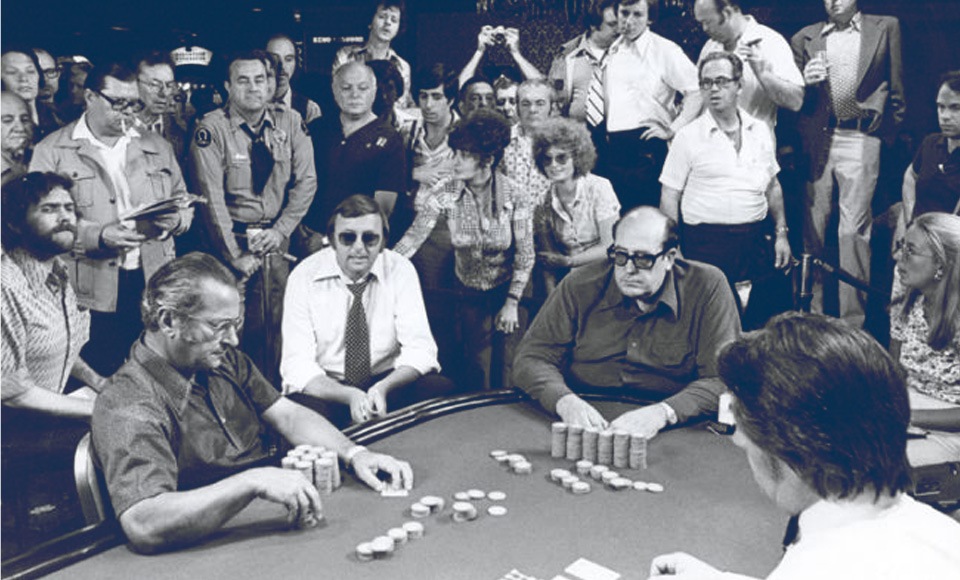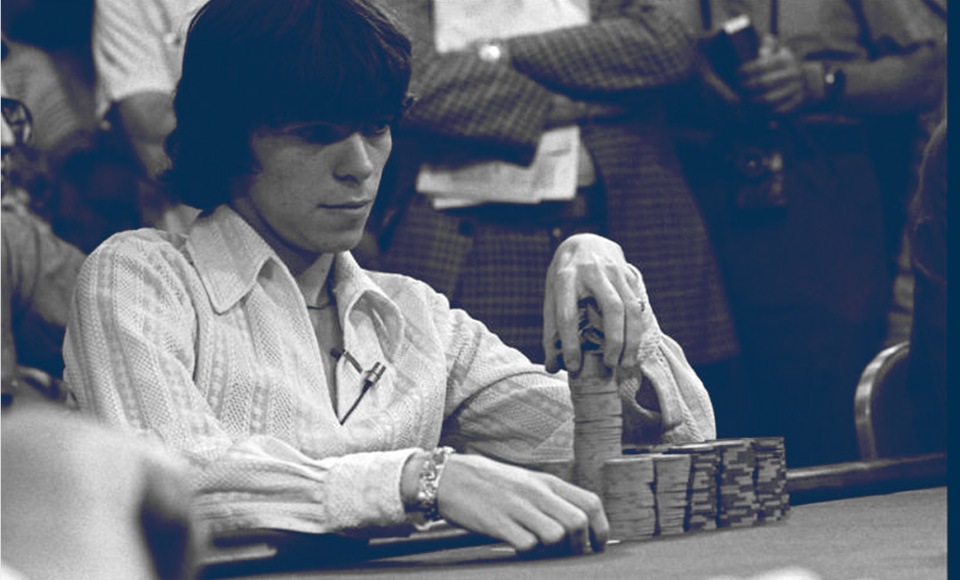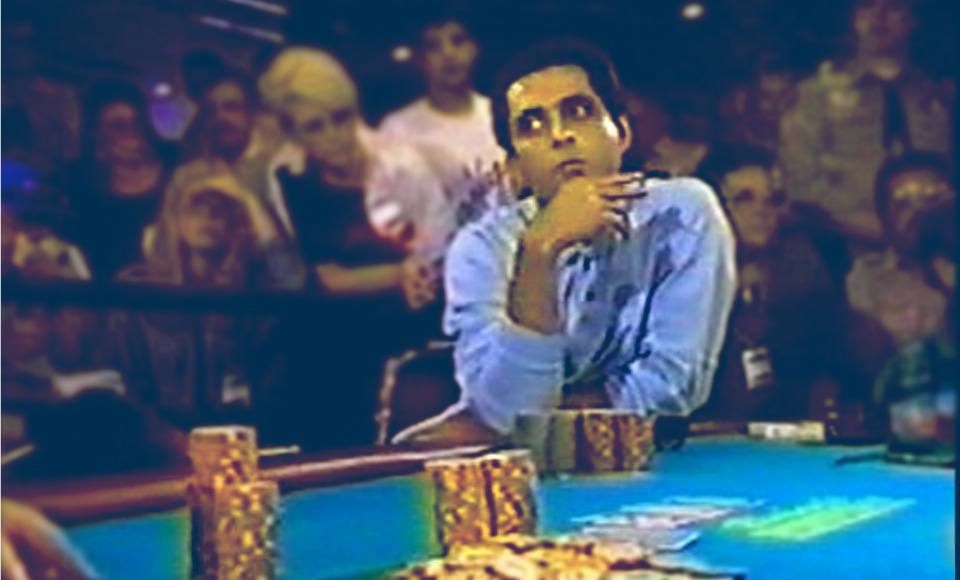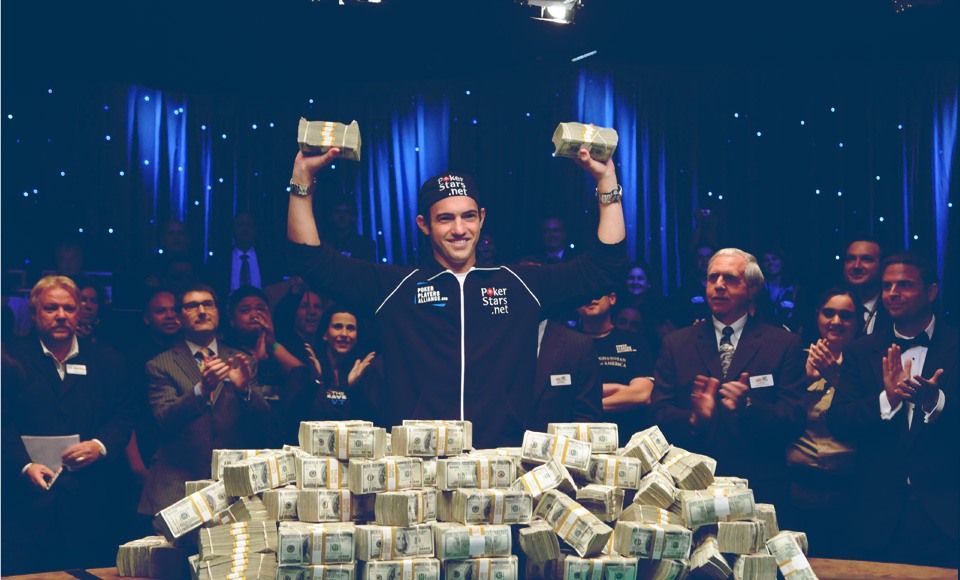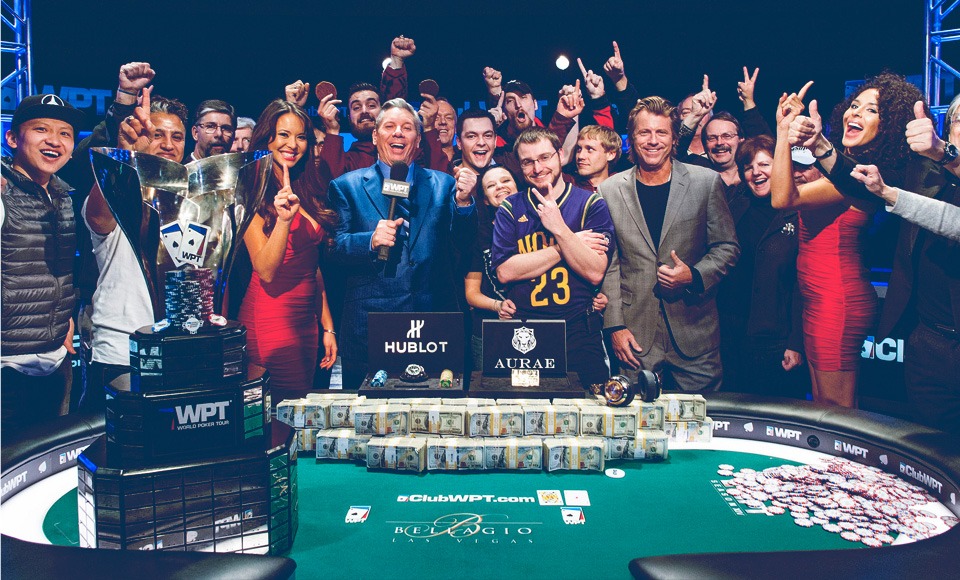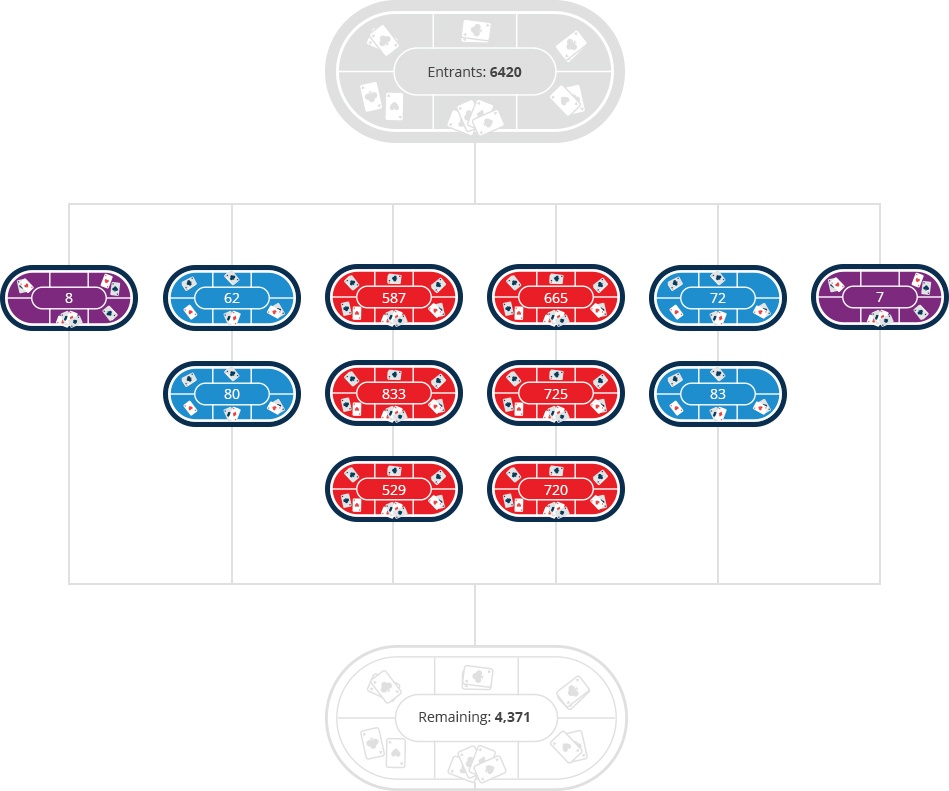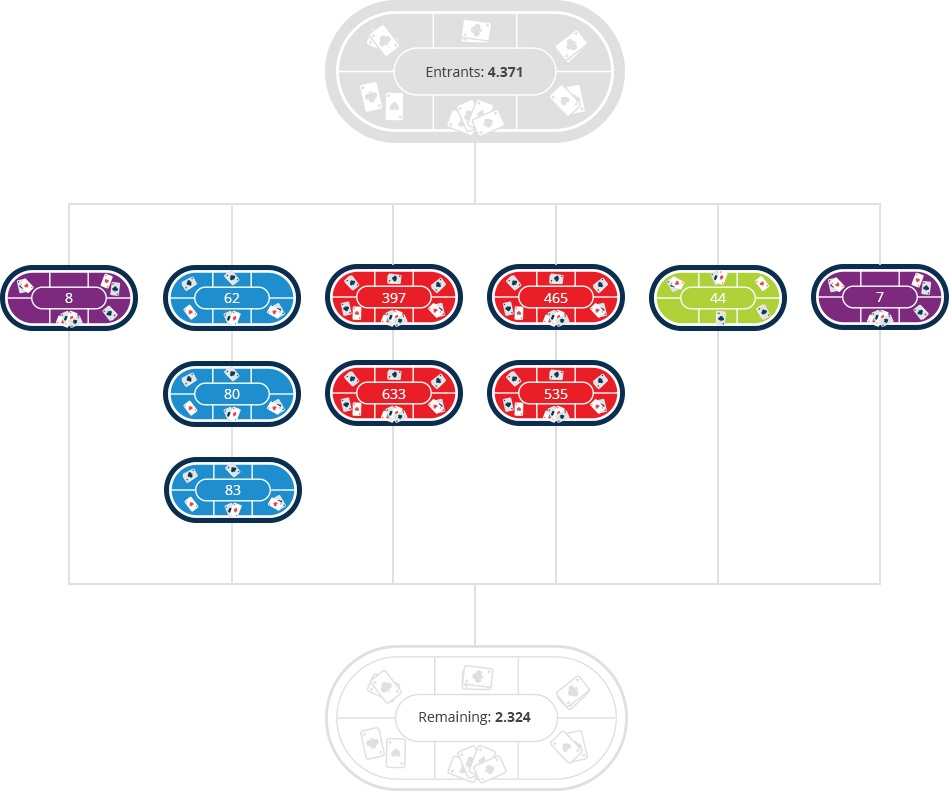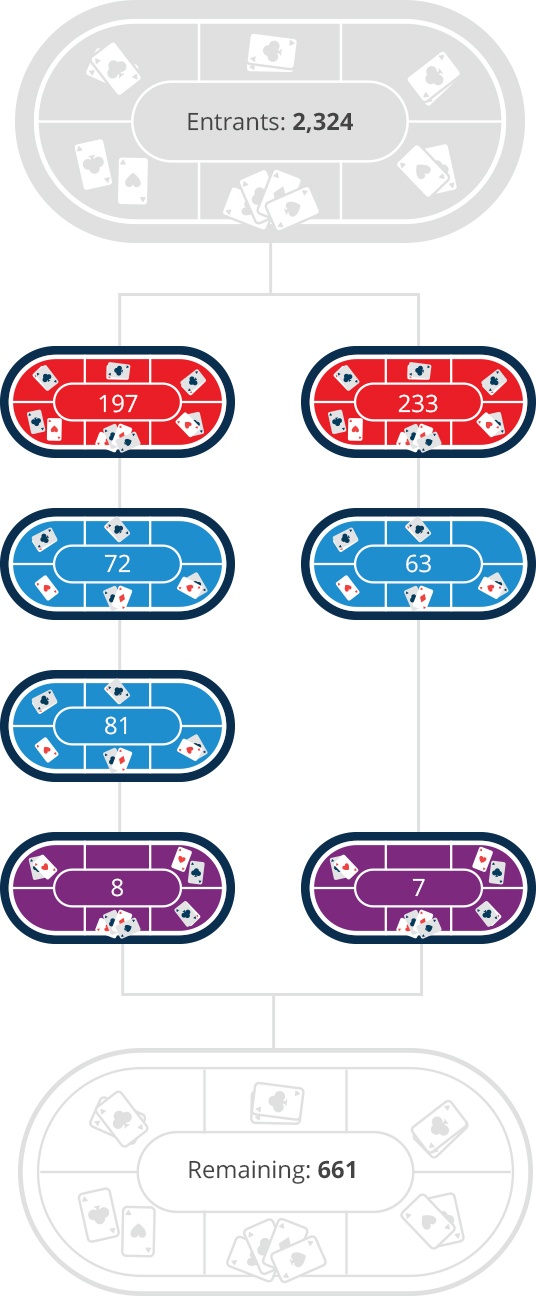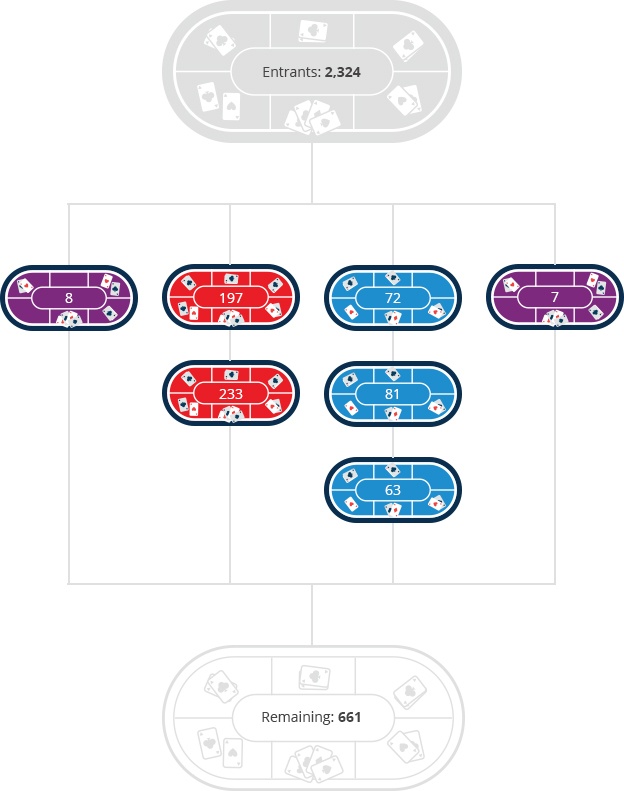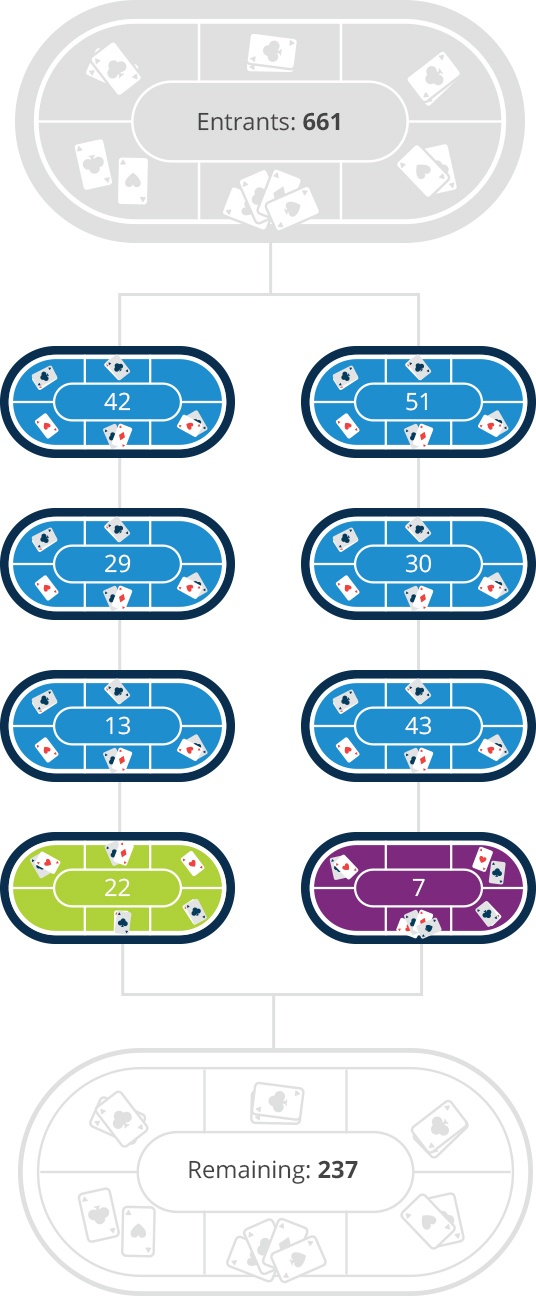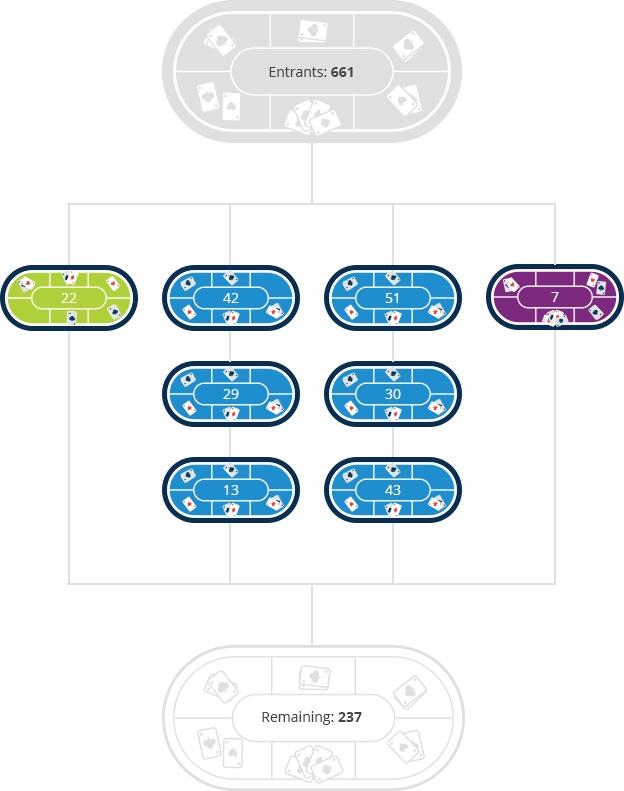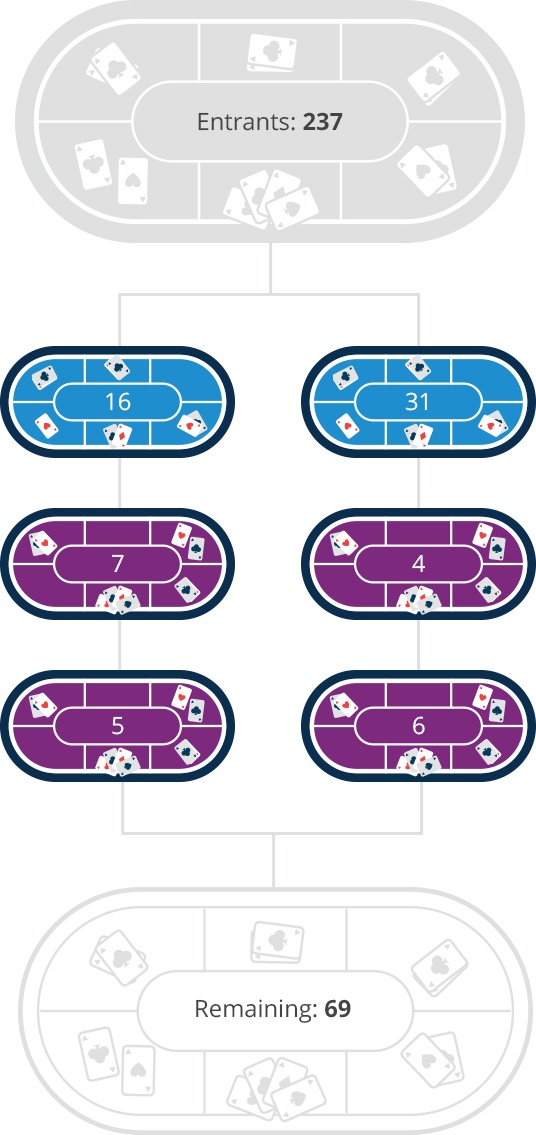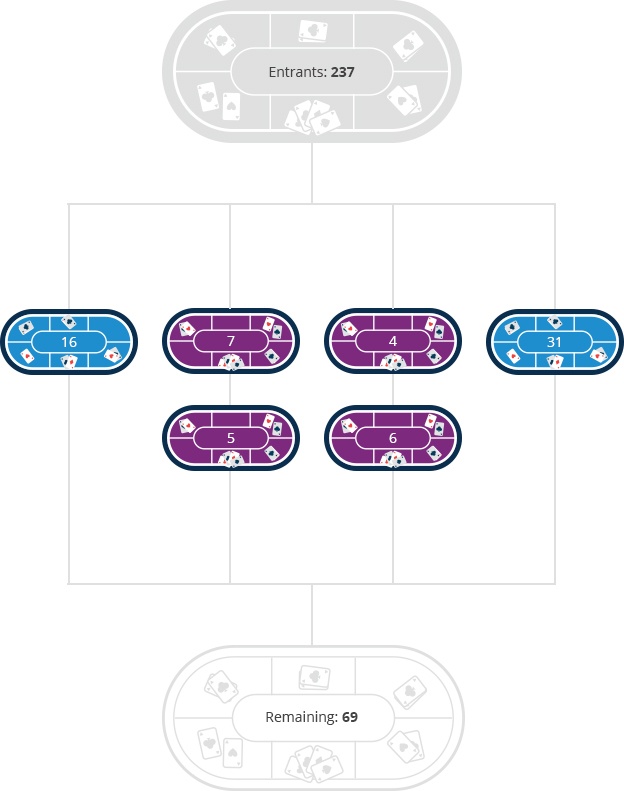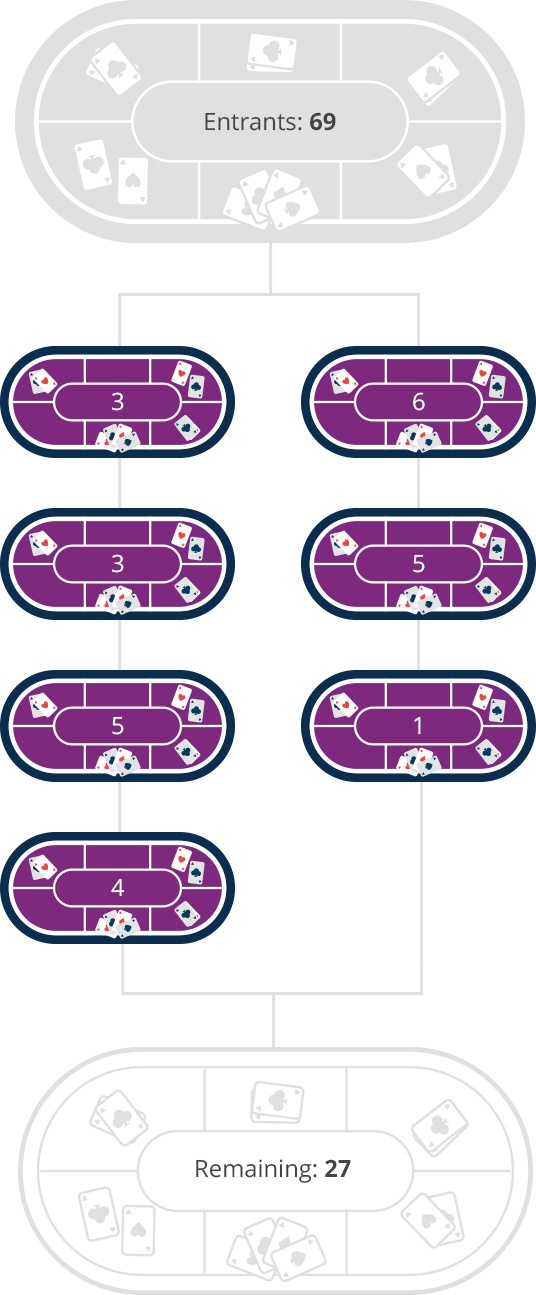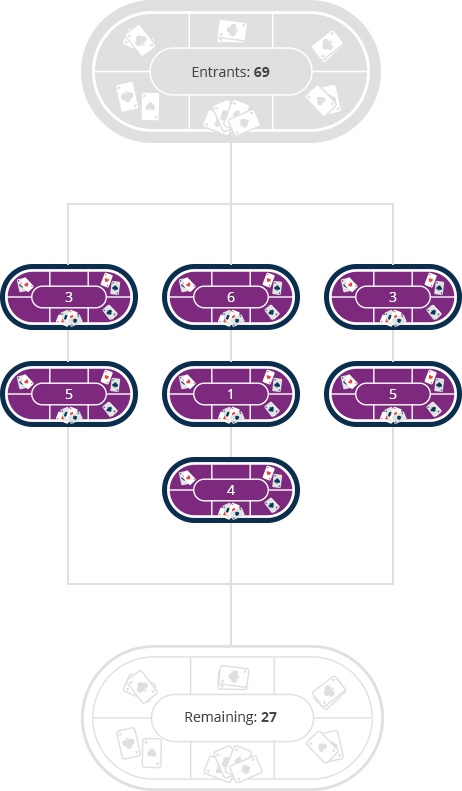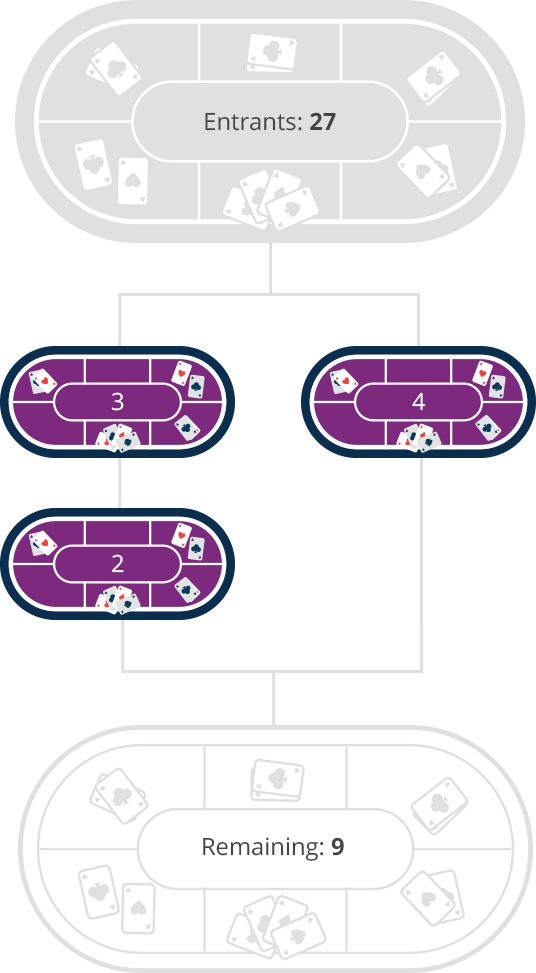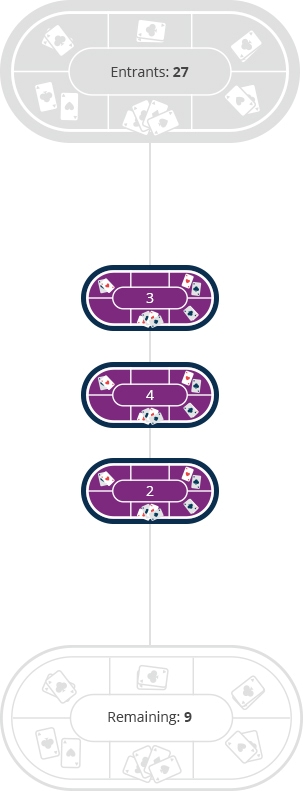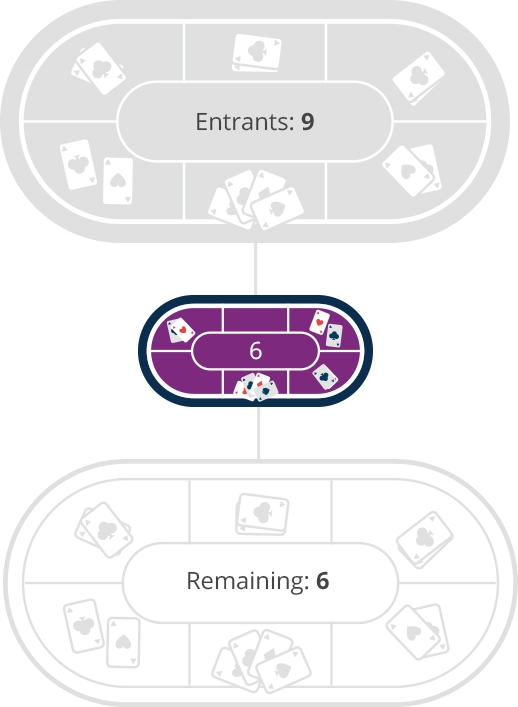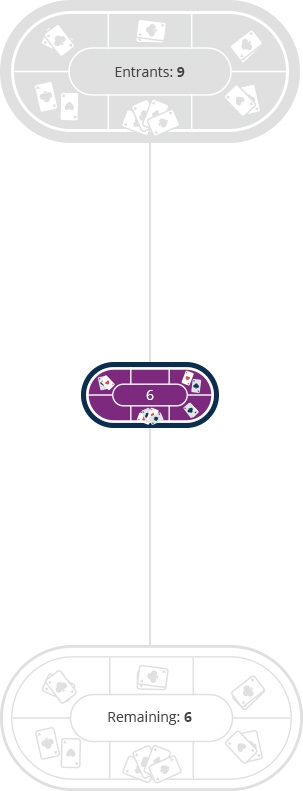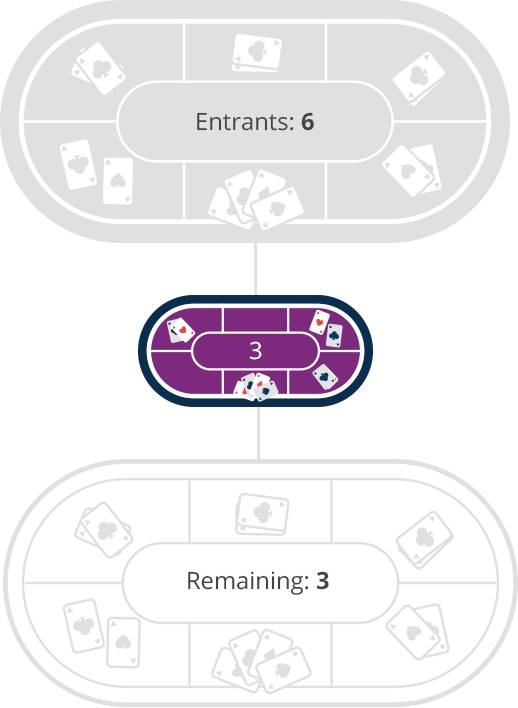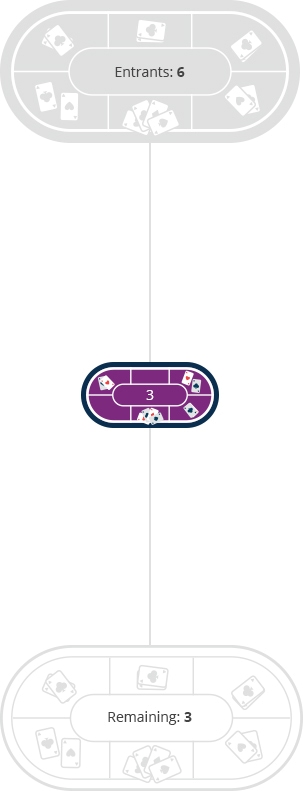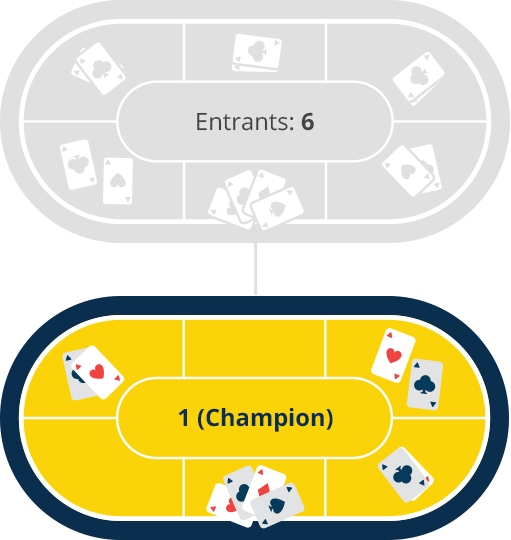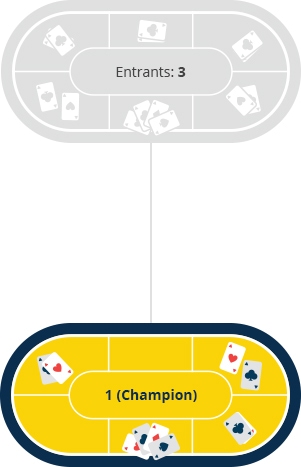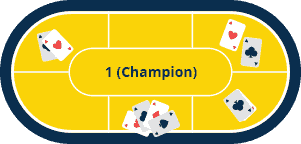Inside The World Series Of Poker
The World Series of Poker (WSOP) is an annual series of poker events held at the Rio All-Suite Hotel & Casino in Las Vegas.
Currently, the Series hosts 69 poker tournaments, all awarding winners a gold bracelet and a portion of the prizepool. Staggered prizes are awarded depending on the number of entrants.
Entry prices vary, but range from the cheapest - the $565 'Colossus' - to a $50,000 'Poker Players' Championship.
Most popular poker variants are covered in the WSOP schedule. It's not unusual to find several Hold'em and Omaha events mixed in with Stud, Razz, HORSE, and Draw. In 2017, a WSOP tournament will be held online to celebrate Nevada's new online poker legislation.
The showpiece tournament every year is the $10,000 Main Event No Limit Hold'em Championship. Typically attracting several thousand players, the event is run over two weeks as a "freezeout" where players bust out once they have run out of chips.
Players receive 50,000 starting chips (an increase on last year) and the clock is set at two hours. That means that every two hours, the blind levels increase. Blinds are enforced bets which help move the action along. As the blinds increase, so the tournament speeds towards a conclusion. Around five or six two-hour levels are played each day.
Players have a choice of days to start their Main Event - Day 1A, Day 1B, Day 1C - with all remaining players going forward to a Day 2AB or 2C. Play then continues until Day 6, at which point the event "plays down" to the final nine.
Play is paused once the final table of nine - the "November Nine" - is reached. The tournament reconvenes in the Fall where remaining players will compete for a first prize worth in the region of $7-10 million.
